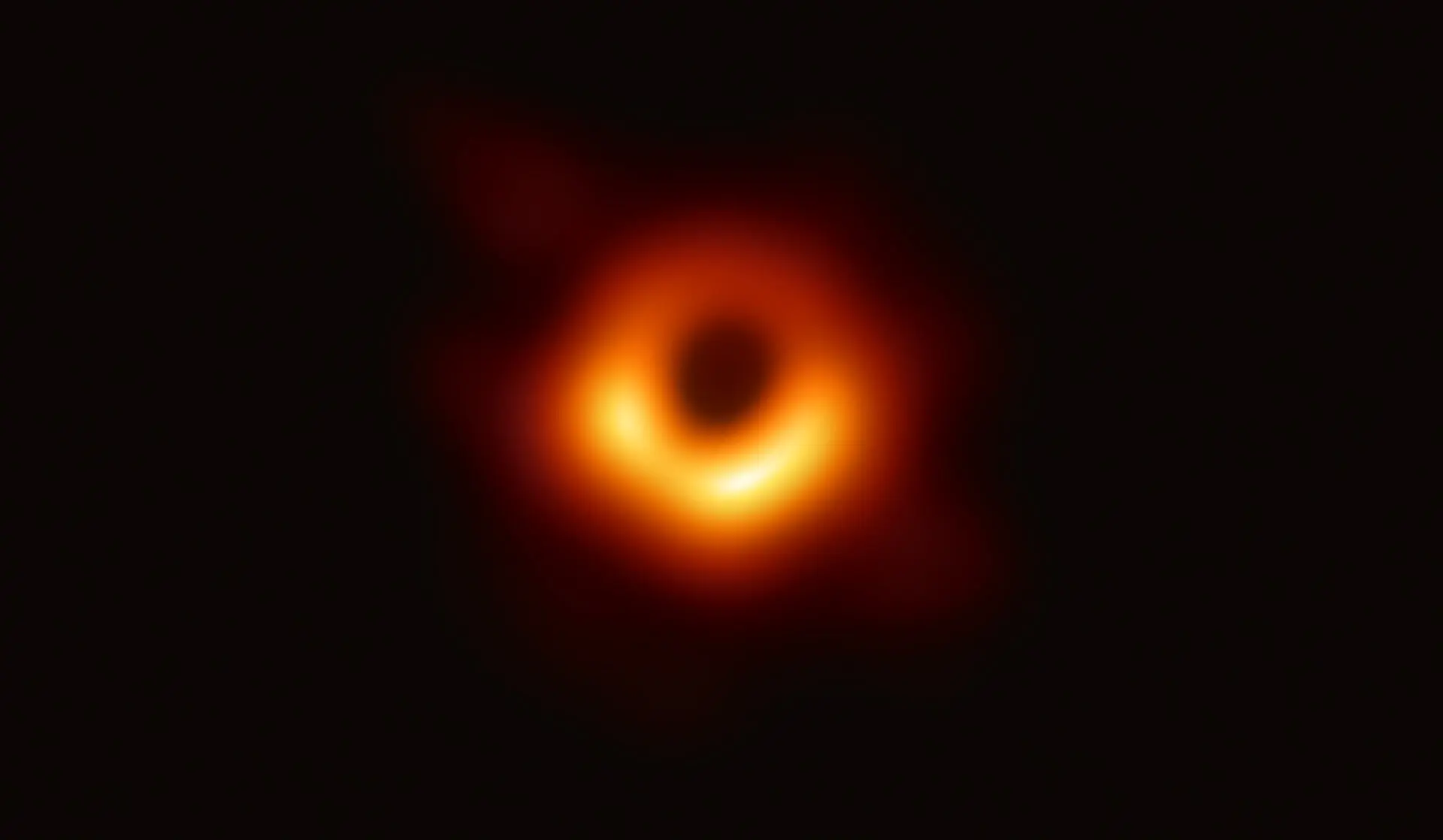Five Amazing Things About Black Holes
To celebrate two years since the EHT Collaboration, in which ALMA had a key rol, released the first image of a Black Hole, we are happy to share five impressive things about these incredible objects.
1. Before knowing what black holes were, in 1784 geologist John Michell called them dark stars! The idea of black holes stems from Albert Einstein's theory of general relativity, which says that light is affected by gravity.
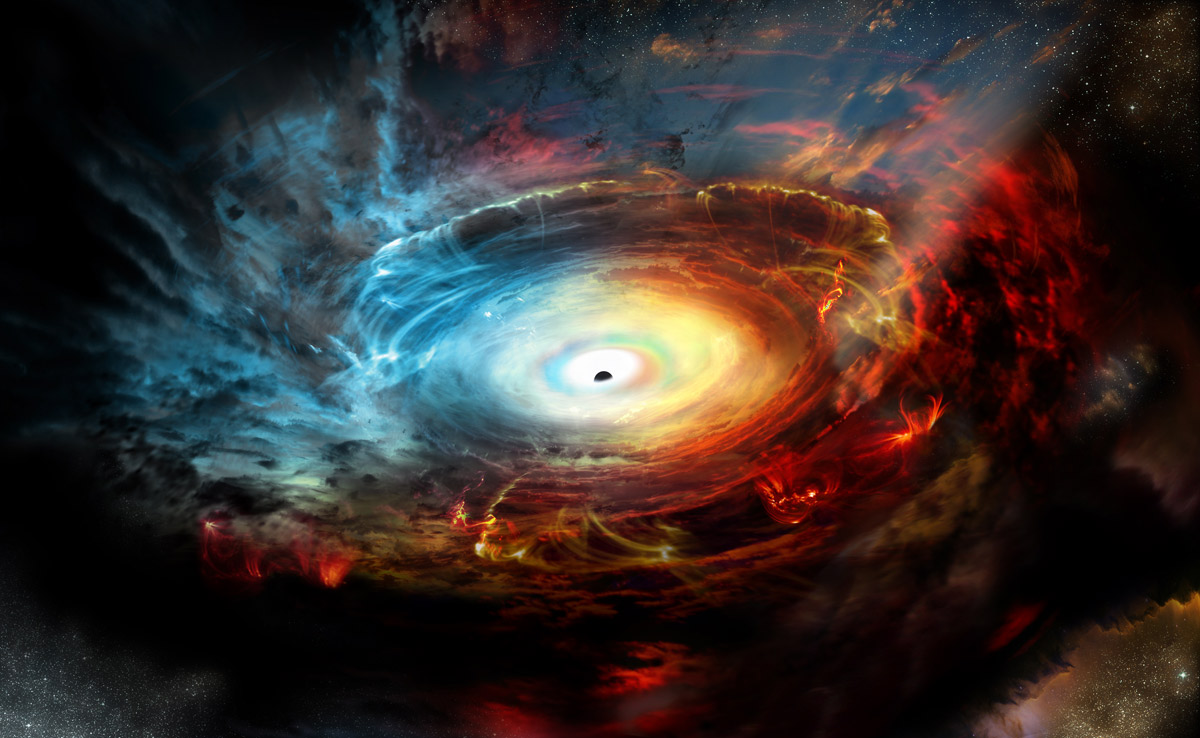
2. The first simulation of a black hole was a drawing of the accretion disk, made by hand, around a black hole, based on computer calculations by French astrophysicist Jean-Pierre Luminet in 1979.
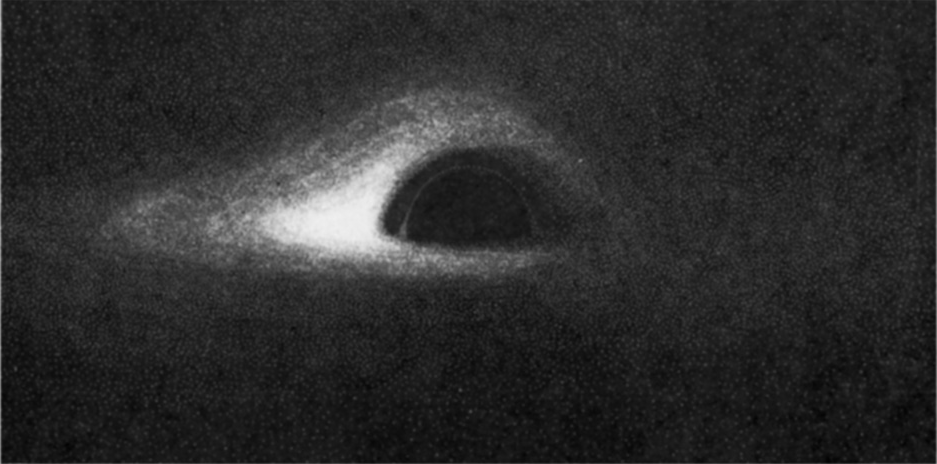
3. Black holes are regions in space where gravity is extreme. Everything that comes too close is sucked in, and nothing can ever get out again. Even light, traveling at 300,000 kilometers per second, cannot escape the gravitational grip of a black hole!
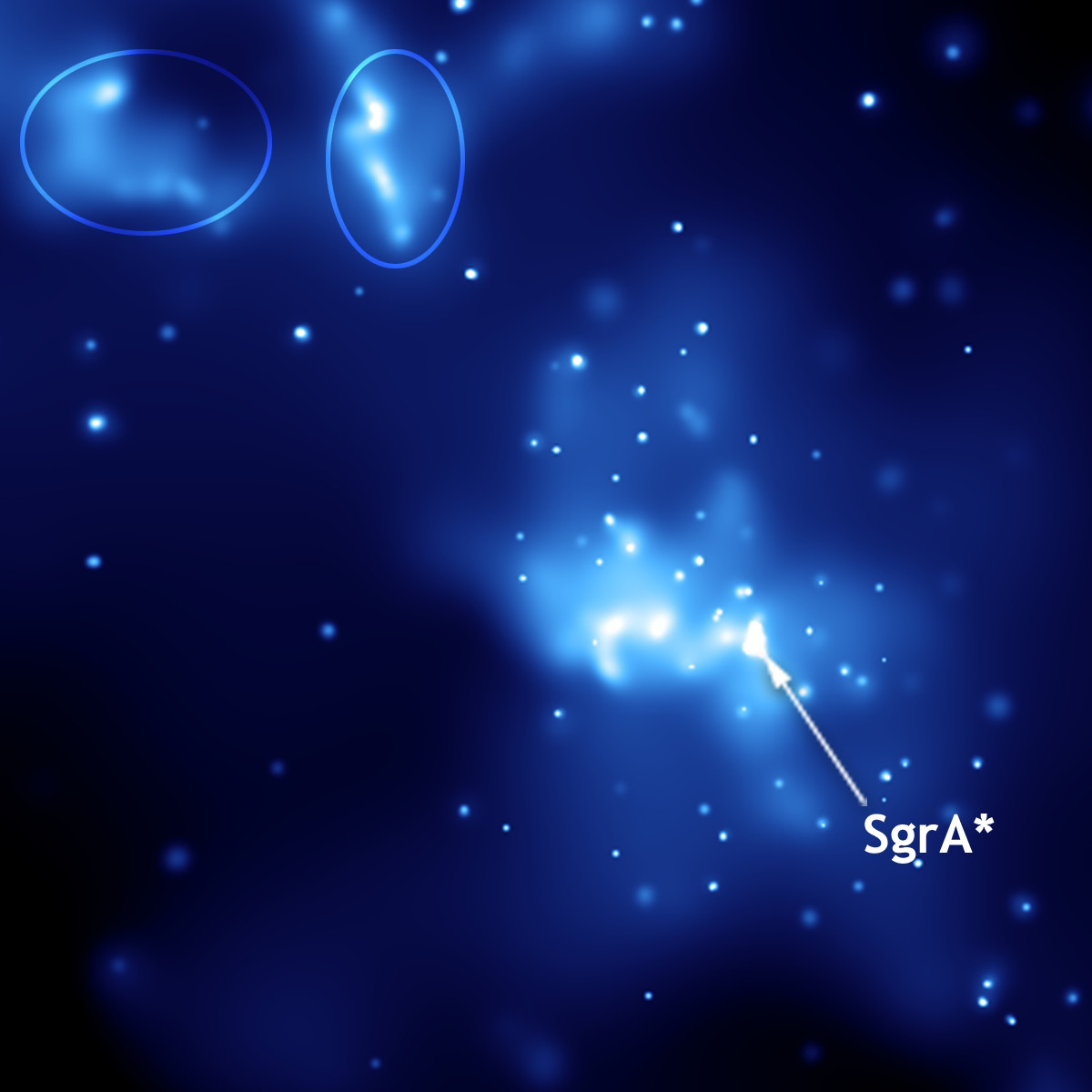
4. Black holes cause huge jets of matter! - Most of the matter near the edge of a black hole ends up falling into it. However, some of the surrounding particles escape moments before capture and are propelled into space at great distances in jets.
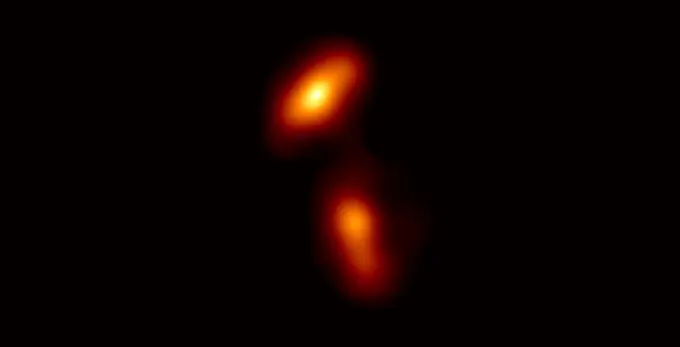
5. The Event Horizon Telescope (EHT) collaboration, which produced the first-ever image of a black hole released in 2019, has a new view of the massive object at the Messier 87 (M87) center galaxy: how it looks in polarised light. This is the first time astronomers have been able to measure polarization, a signature of magnetic fields, this close to the edge of a black hole.
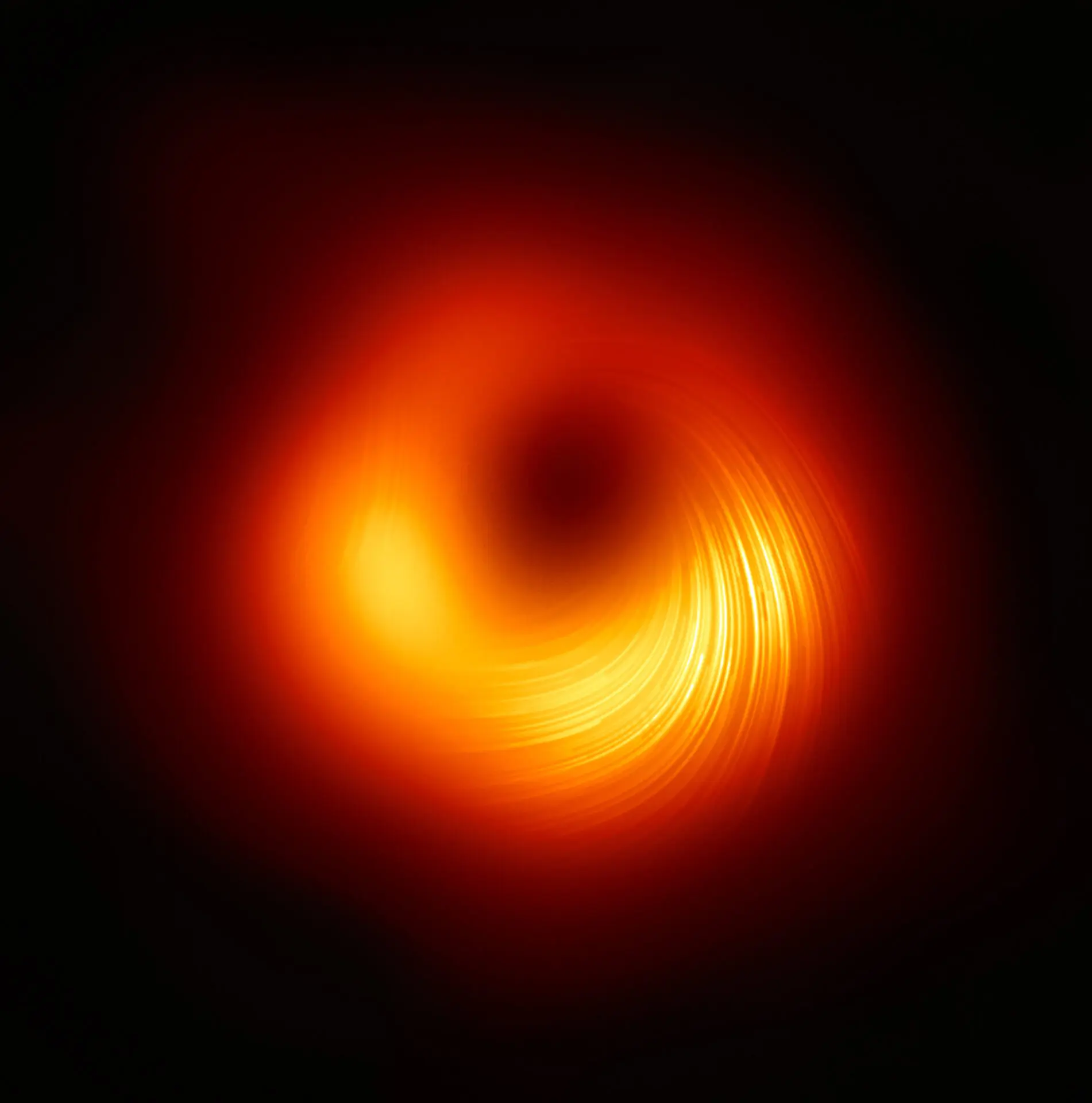
Impressive isn't it? We anticipate that next week, from April 12 to 16, NASA will organize its Black Hole Week, so you can continue to be surprised by these incredible objects, formerly called "dark stars."
